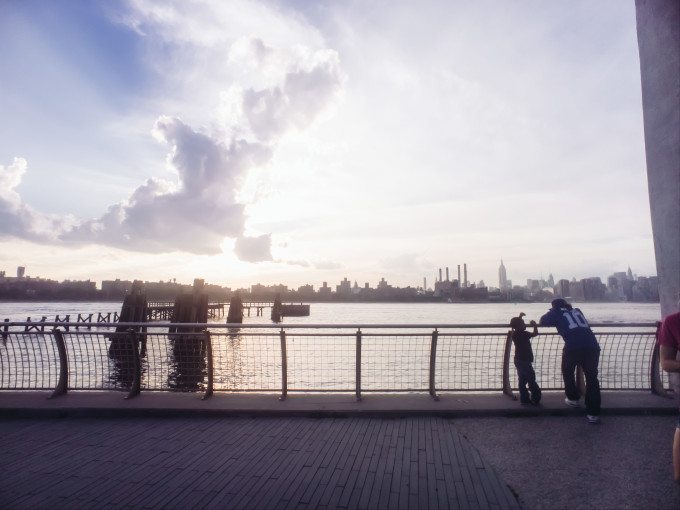Last Updated on 07/14/2015 by Chris Gampat
A few days ago, the Next Web published a piece on how Android and Microsoft should utilize RAW photography features much more before Apple catches up. The article, which is well worth the read, makes some great points when it comes to business. Apple has a large market share and is even to the point of marketing the camera so well via the “Shot with iPhone” campaign. Basically, it states that they’re going to get eaten up by Apple in terms of market share even more–which is indeed true since the company also has lots of peripherals that support their phones.
But the article also leaves out one of the biggest problems of smartphone photography and RAW shooting.
For a long time, I was a Nexus 5 user until recently when I switched to the Asus Zenfone 2. For those of you not familiar, the Nexus 5 is one of the few Android phones that can work with Camera FV5 to shoot RAW photos. The Next Web goes on to explain what RAW images are and the benefits, but readers of the Phoblographer are well aware of the benefits already. The Nexus 5 could shoot beautiful photos with something like the Moment lenses and then in Lightroom Mobile edit those images with a few basic adjustments. If I wanted to go further, the program syncs with the desktop version for Adobe CC users, and I can make even more fine tuned adjustments on the desktop.
Indeed, it’s incredible what a person can do with just their phone–and RAW capabilities make that even better. But what happens to the phone after a long time of shooting RAW is even tougher.
If you shoot lots of RAW photos (even as careful as you can be to get just the right shot) and then edit them on the phone, you’ll start to see that the processor performance will start to degrade. Besides this, you’ll start to see a bunch of 16MB files (or more) start to take up lots of storage space. What you’ll need to continuously do is backup the images to a cloud service and delete them from the phone itself. You’ll also need to use an app like Clean Master to keep the RAM clear and running smoothly.
It’s a tough problem that Google probably didn’t think about when releasing the Nexus 5. Why? Because the phone wasn’t designed for shooting RAW photos or processing them. And because of this, hardware needs to improve before a truly hassle free RAW shooting and editing experience can come to the phones.
RAW shooters need great processor performance, lots of RAM, a solid display with the possibility of calibration, and tons of storage. Manufacturers then need to consider the storage not only for the RAW images, but also for the apps and app updates that these phones go through on top of OS updates. Essentially, smartphone photographers need lots and lots of storage or a cloud service that will automatically move the image to the cloud and keep the device clear if the user wishes. This will leave more space available for the important stuff like OS and app updates.
Alternatively, bringing back the Micro SD card slot with a phone could also work. Some phones have this feature already but many don’t. Expandable memory would be a great way for consumers to solve this problem.
Indeed, shooting RAW images with a phone is a very enjoyable experience and the fact that a photographer has that much power in their pocket is quite the technological feat. But at the same time, a photographer needs more memory and space in their device to take the most advantage of the feature set.




